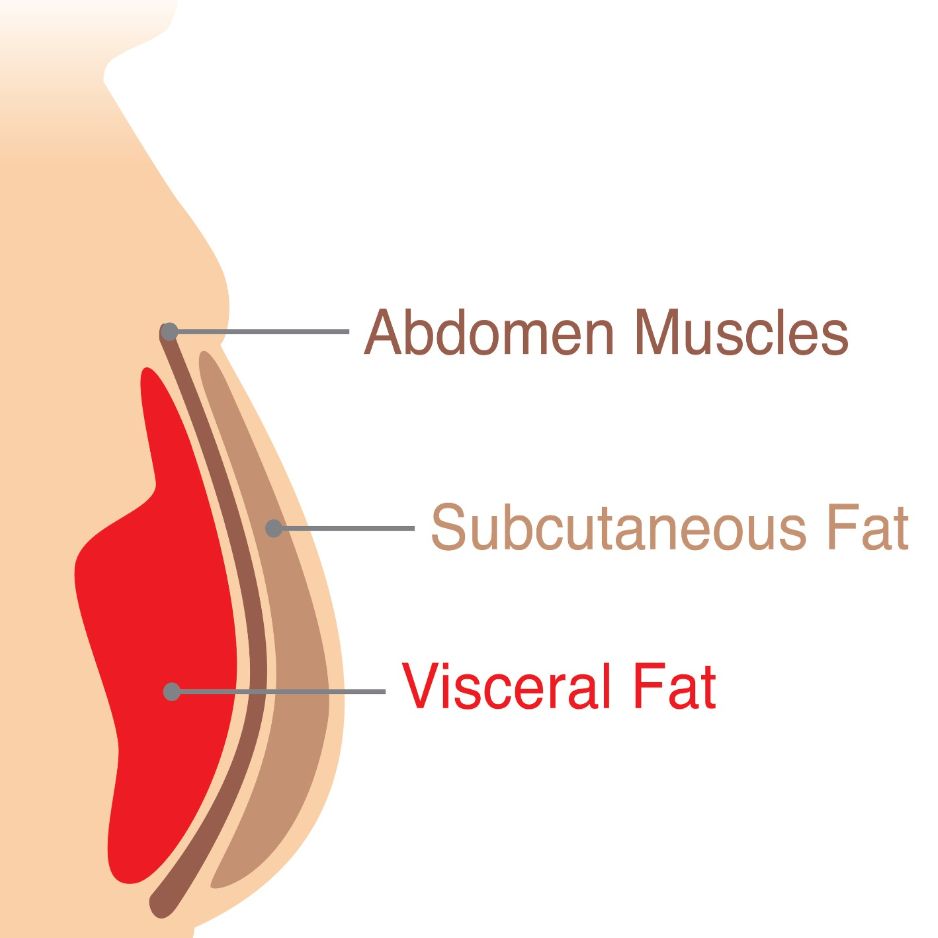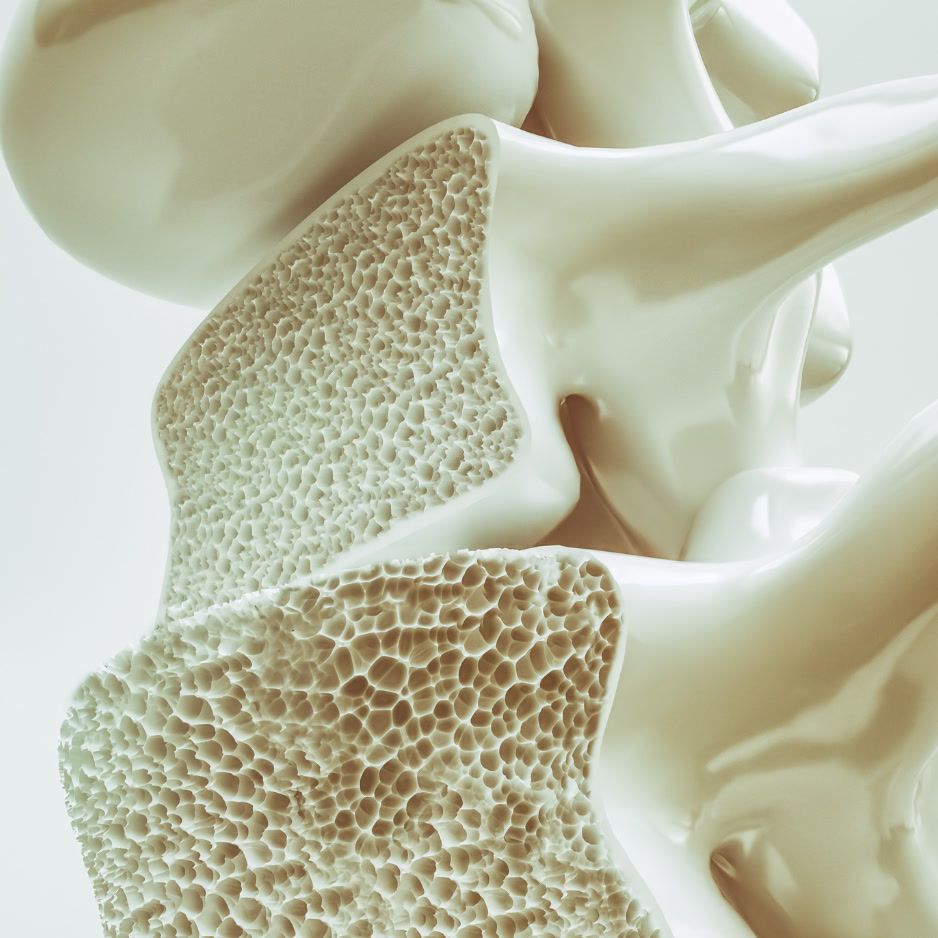What Is Healthspan? A Guide to Living Well

What Is Healthspan? A Straight-Talk Guide to Living Better, Not Just Longer (2025 Update)
Quick take: Healthspan is the length of time you live in good health—free from chronic disease and disability—not just the total number of years you’re alive. Think of it as the portion of your life spent in good health.
Table of Contents
- Healthspan vs. Lifespan: The 30-Second Definition
- Why Healthspan Matters (More Than Ever)
- Can You Measure Healthspan? Key Metrics & Biomarkers
- 5 Evidence-Based Ways to Extend Your Healthspan
- Emerging Longevity Therapeutics: What Actually Works?
- Early vs. Late Action: An Illustrative Scenario
- Population-Level Healthspan: Why It Matters to You
- How BodySpec Scans Fit Into the Picture
- 7-Day Healthspan Jump-Start Checklist
- Bottom Line
Healthspan vs. Lifespan: The 30-Second Definition
Healthspan is the period of life spent in good health—without the limitations of chronic disease or significant disability. Lifespan (or life expectancy) is the total time you remain alive. In other words:

| Term | What It Describes | Why It Matters |
|---|---|---|
| Healthspan | “Quality” years—the time you can move, think, and live independently | Predicts day-to-day vitality and healthcare costs |
| Lifespan | Total years alive, healthy and unhealthy | Doesn’t tell you how many of those years feel good |
The World Health Organization quantifies population-level healthspan using Healthy Life Expectancy (HALE), which adjusts average lifespan by subtracting time spent in poor health.
Why Healthspan Matters (More Than Ever)
- Chronic disease gap is growing. The average American now lives about 12 years with multimorbidity—having two or more chronic conditions—according to the Mayo Clinic.
- Quality beats quantity. Nearly two-thirds of U.S. adults prefer a shorter, healthier life over a longer life with health problems (Medtronic & Morning Consult Survey, 2024).
- Economic impact. Poor healthspan drives more than 80 percent of U.S. healthcare spending, estimates the American Heart Association.
- It’s largely preventable. About 80 percent of cardiovascular disease can be prevented through the lifestyle pillars highlighted in the Life’s Essential 8 framework (ACC/AHA Prevention Guideline).
Can You Measure Healthspan? Key Metrics & Biomarkers
While there’s no single “healthspan blood test,” researchers track a blend of functional, clinical, and body-composition markers. For example, a classic analysis by Baumgartner and colleagues proposed clinical ALMI thresholds of < 7.26 kg/m² for men and < 5.45 kg/m² for women (Baumgartner 1998).
| Category | Example Metrics | Why They Matter |
|---|---|---|
| Physical Function | Grip strength, gait speed, VO₂ max | Low scores predict mortality and loss of independence |
| Body Composition | Visceral fat, Appendicular Lean Mass Index (ALMI), bone density (measured by DEXA scans) | Imbalances signal metabolic and musculoskeletal decline |
| Cardiometabolic Labs | Fasting glucose, HbA1c, LDL-C, triglycerides | Core drivers of heart disease and diabetes |
| Inflammation & Aging | hs-CRP, biological-age clocks, epigenetic methylation patterns | Emerging tools that track systemic aging |
5 Evidence-Based Ways to Extend Your Healthspan
1. Prioritize Lean Muscle & Functional Movement
Strength-train 2–4× weekly and track changes with DEXA.
2. Keep Visceral Fat in Check
Even small reductions lower inflammation and cardiometabolic risk—see our visceral-fat guide.
3. Optimize Cardiometabolic Basics

Apply the AHA’s Life’s Essential 8—BP, cholesterol, blood sugar, weight, healthy diet, activity, quality sleep, no nicotine.
4. Stress Less, Sleep More

Aim for 7–9 hours of quality sleep; use relaxation practices to tame cortisol.
5. Stay Curious & Connected
Mental stimulation and group workouts can slow cognitive decline and cut mortality risk.
Emerging Longevity Therapeutics: What Actually Works?
| Therapy | Proposed Mechanism | Human Evidence | Watch-Outs |
|---|---|---|---|
| Metformin | Improves insulin sensitivity; may dampen mTOR | Bannister 2014 | GI upset, B-12 deficiency |
| Rapamycin & Rapalogs | Direct mTOR inhibition | Mannick 2018 | Mouth ulcers, insulin resistance |
| NAD⁺ Boosters | Elevate cellular NAD⁺ | Martens 2018 | Cost, purity, long-term safety |
| Senolytics | Clear senescent cells | Hickson 2019 | Drug interactions, limited long-term data |
Lifestyle remains foundational—track visceral fat, ALMI, and VO₂ max before judging the efficacy of these therapies.
Early vs. Late Action: An Illustrative Scenario
The table below is a hypothetical example—names and numbers are for demonstration purposes only.

| Age | Proactive Alex | Reactive Jordan |
|---|---|---|
| 45 | ALMI 8.1 kg/m²; visceral fat 0.6 lb; weekly strength training | ALMI 8.0 kg/m²; visceral fat 0.7 lb; sedentary |
| 60 | ALMI 7.6 kg/m²; visceral fat 0.9 lb; no chronic disease | ALMI 6.2 kg/m²; visceral fat 2.2 lb; hypertension |
| 70 | ALMI 7.1 kg/m²; visceral fat 1.1 lb; hikes weekly | ALMI 5.4 kg/m²; visceral fat 3.0 lb; type 2 diabetes |
| 80 | ALMI 6.5 kg/m²; visceral fat 1.4 lb; independent living | ALMI 4.8 kg/m²; visceral fat 3.5 lb; frequent falls |
| 85 | Short terminal decline | 8 years assisted living |
Eight extra “quality” years for Alex—illustrating how earlier action can pay off.
Population-Level Healthspan: Why It Matters to You
Healthy Life Expectancy (HALE) isn’t just a statistic for governments; it’s a snapshot of how long the average person in your region is likely to live disease-free.
Researchers calculate HALE by blending death certificates, medical records, and survey data on disability.
Put simply, it measures quality years at the community level.
Why should you care?
- Early warning sign. If your state’s HALE is falling while lifespan stays flat, it hints that chronic disease is striking sooner.
- Benchmark for personal goals. Knowing the local gap between HALE and lifespan helps you gauge how many “good” years you might add through lifestyle changes.
- Policy ripple effects. Public investments in walkable cities, clean air, and preventive screenings can shift HALE upward—benefiting everyone who lives there.
While one person’s efforts won’t visibly shift statewide statistics, countless individual choices—cutting visceral fat, boosting VO₂ max, managing blood pressure—aggregate into the trends that move HALE over time.
How BodySpec Scans Fit Into the Picture
• Establish your baseline and trend lines. A DEXA scan delivers precise fat, muscle, bone, and visceral data in about 10 minutes—with less radiation than eating a banana.
• Reveal hidden risks. Visceral-fat and ALMI insights flag metabolic or musculoskeletal issues long before they show up in standard lab work.
• Visualize progress. Side-by-side reports make it easy to spot gains like +2 lb leg muscle or −0.5 lb visceral fat.
• Benchmark against peers. Anonymous comparison charts show how you stack up to others of the same age and gender.
• Turn numbers into action. Each scan comes with personalized recommendations, and optional coaching calls help translate data into an evidence-based plan.
7-Day Healthspan Jump-Start Checklist
| Day | Micro-Action | Why It Works |
|---|---|---|
| 1 | 30-min brisk walk + 5-min stretch | Boosts VO₂ max & mobility |
| 2 | Replace refined grains with whole grains | Smoother blood-sugar curve |
| 3 | Add a fist-size veggie to lunch & dinner | Antioxidants curb inflammation |
| 4 | 20-min body-weight strength circuit | Triggers muscle protein synthesis |
| 5 | Screens off 60 min before bed | Improves melatonin & sleep |
| 6 | Book a BodySpec DEXA & log your baseline metrics | Creates accountability |
| 7 | Meet a friend for a hobby | Reinforces connection |
Bottom Line
Healthspan is how long you live well, not just how long you live. Nail the basics—muscle, visceral fat, metabolic health, sleep, stress, social ties—then layer in advanced tools. BodySpec DEXA scans offer an actionable snapshot of your progress.
Ready to quantify your healthspan? Book your scan now and see where you stand.


